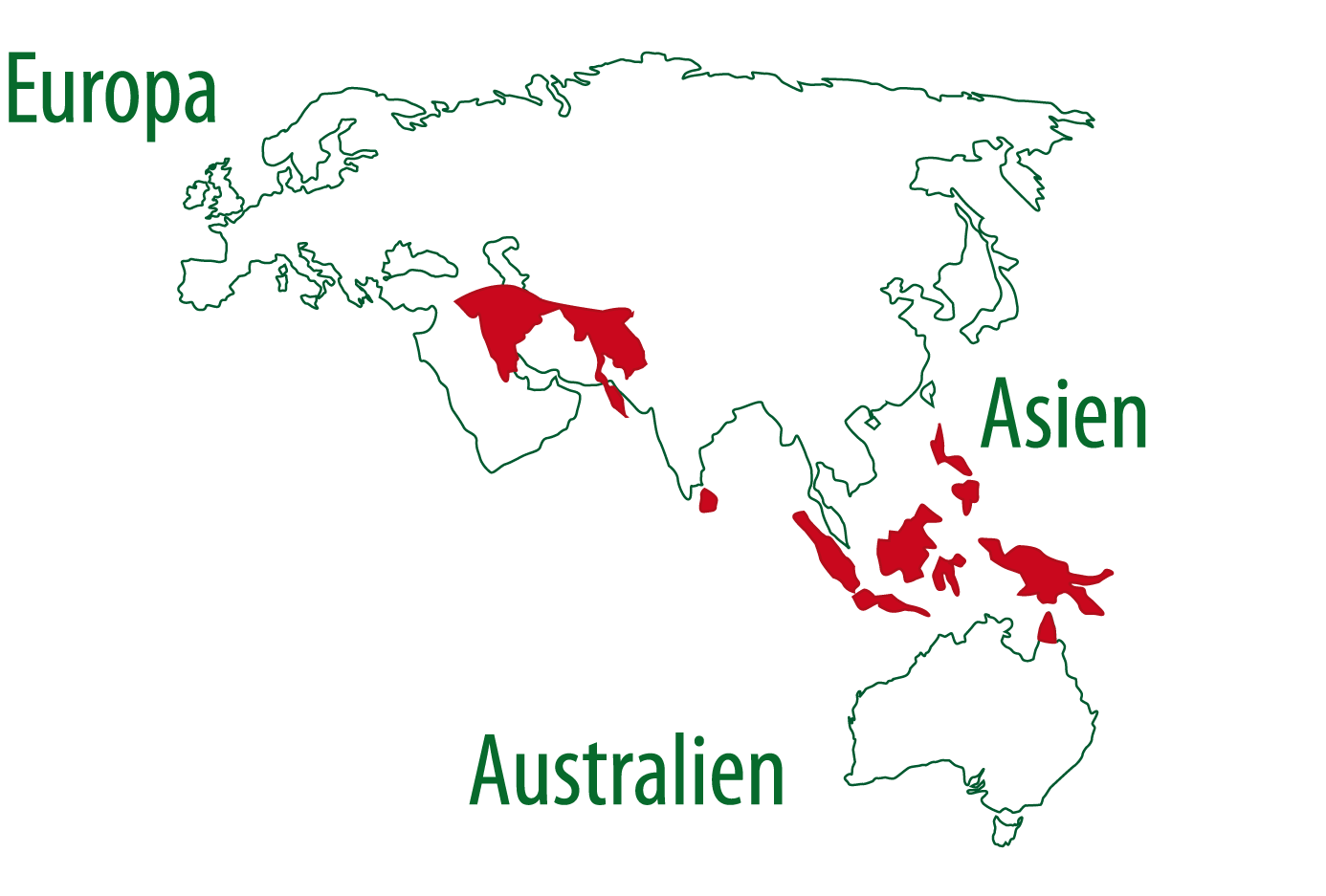Keine Vogelgrippe im Tiergarten: Häuser öffnen wieder

Im Tiergarten Nürnberg gibt es keinen Fall von Vogelgrippe: Das hat eine erneute Beprobung verschiedener Vogelarten ergeben. Das Wüstenhaus, das...
Through their leaf-like body, the Phylliidae look deceptively similar to a leaf. This camouflage is also called mimese (imitation) and helps protect the insects against predators. To make the resemblance more convincing, they mimic a leaf that moves in the wind by their swaying motions.
Females look similar due to their body shape and their foliage-like overlapping wings, leaves which are even stronger than the males. They have short forewings and in contrast, fully developed hindwings, allowing the flightless females to fly short distances.

| Scientific Surname | Phyllium giganteum |
|---|---|
| Order | Phasmatodea |
| Family | Phylliidae |
| Size | male: 10 cm, female: smaller |
| Weight | few grams |
| Reproduction | Ability to Parthenogenese, 90-200 eggs |
| Distribution | Neuguinea, South East Asia |
| Habitat | tropical forests |
| Food | Leaves |
| Livestock | secured |
| Lifespan | few month |